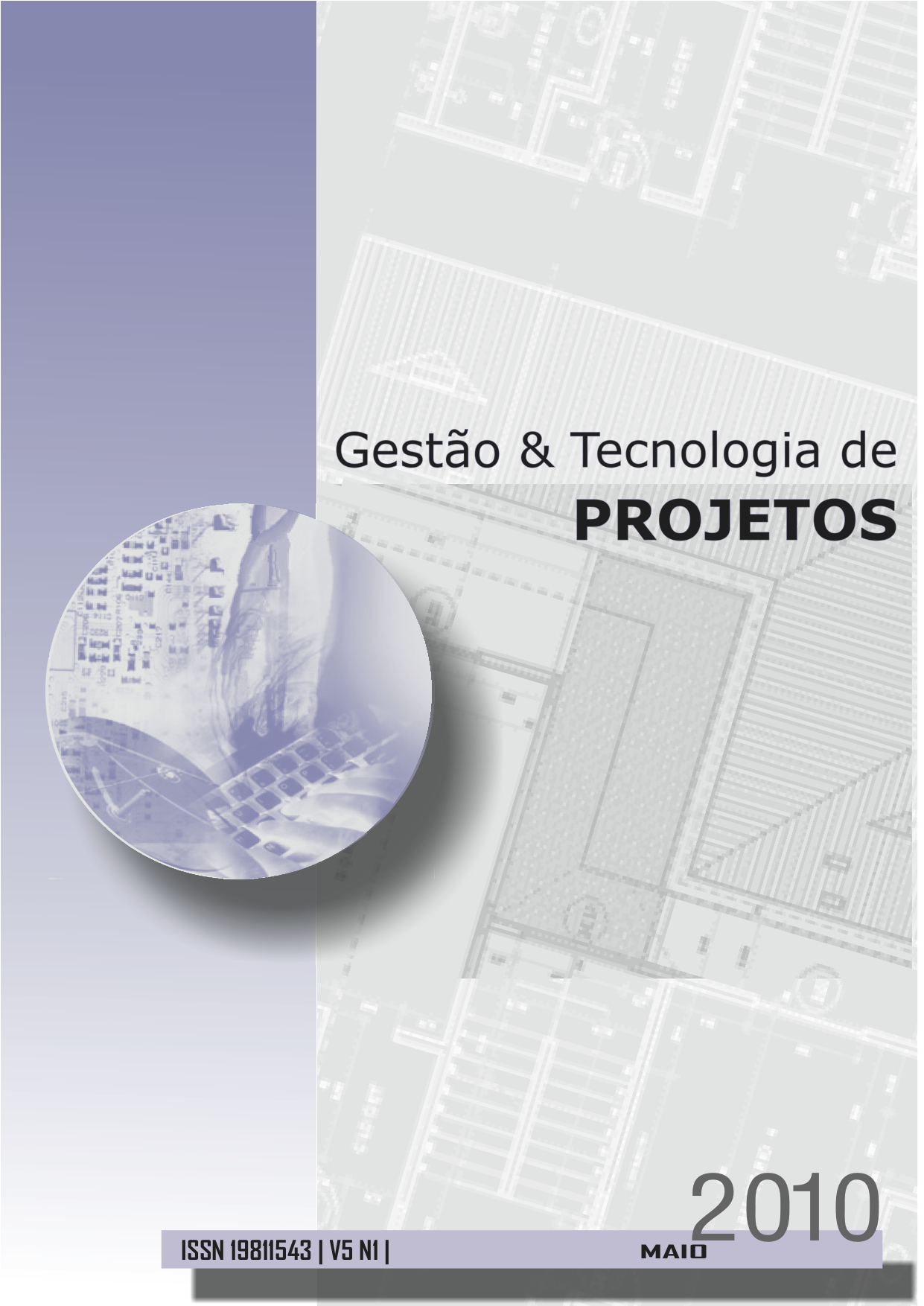Post-Occupancy Evaluation and Design Quality in Brazil: Concepts, Approaches and an Example of Application
DOI:
https://doi.org/10.4237/gtp.v5i1.159Resumo
This article aims to describe the origins and evolution of post-occupancy evaluation (POE) activities in Brazil. This methodology was consolidated in the Brazilian academic field in the mid-1990s. Whenever possible, parallels between activities carried out in this country and abroad are pointed out. Emphasis is given to the possibility of using POE to improve design quality, especially in architecture, and its use in the management of designing processes. In this sense, the article shows the benefits of POE studies applied in different types of occupancies. Specifically, a case study of school building is presented. Finally, a number of conclusions are drawn regarding prognoses as to the limits of its use in the professional practice of architects, urban planners and designers. The POE's potential to provide feedback for positive design practices, benchmarks, and for updating building codes and standards is also discussed. DOI: 10.3763/aedm.2009.0102 Published in the Journal AEDM - Volume 6, Number 1, 2010 , pp. 48-67(20)Downloads
Os dados de download ainda não estão disponíveis.
Publicado
2010-05-29
Edição
Seção
Resumos de Artigos Publicados "Architectural Engineering and Design Management"
Licença
Autores que publicam nesta revista concordam com os seguintes termos:
- Autores mantém os direitos autorais e concedem à revista o direito de primeira publicação, com o trabalho simultaneamente licenciado sob a Licença Creative Commons Attribution-NonCommercial-NoDerivatives 4.0 que permite o compartilhamento do trabalho com reconhecimento da autoria e publicação inicial nesta revista.
- Autores têm autorização para assumir contratos adicionais separadamente, para distribuição não-exclusiva da versão do trabalho publicada nesta revista (ex.: publicar em repositório institucional ou como capítulo de livro), com reconhecimento de autoria e publicação inicial nesta revista.
- Autores têm permissão e são estimulados a publicar e distribuir seu trabalho online (ex.: em repositórios institucionais ou na sua página pessoal) a qualquer ponto antes ou durante o processo editorial, já que isso pode gerar alterações produtivas, bem como aumentar o impacto e a citação do trabalho publicado (Veja O Efeito do Acesso Livre).
Como Citar
ORNSTEIN, Sheila Waber; ONO, Rosaria. Post-Occupancy Evaluation and Design Quality in Brazil: Concepts, Approaches and an Example of Application. Gestão & Tecnologia de Projetos, São Carlos, v. 5, n. 1, p. 138–138, 2010. DOI: 10.4237/gtp.v5i1.159. Disponível em: https://www.revistas.usp.br/gestaodeprojetos/article/view/50981.. Acesso em: 18 abr. 2024.







